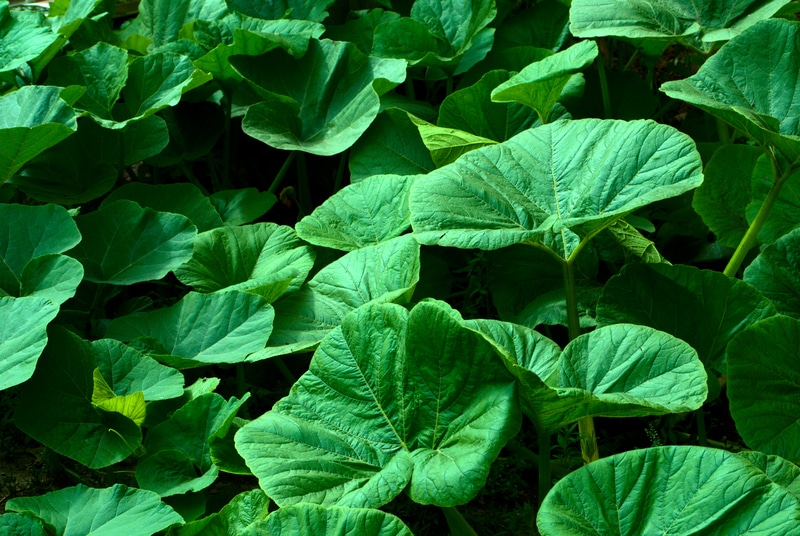
Pumpkins are round fruits that have thick shells. These are filled with pulp that contains seeds while the outer layer is smooth with ribbed skin. These are some of the healthiest fruits that are mostly referred to as vegetables because of their culinary use. You should note that these have a lot of nutrients including protein and carbohydrates. Simply adding these to your diet can help in reducing the risk of tons of diseases. With that being said, people also often think about planting these in their gardens. This is because maintaining the plant is quite easy and does not take a lot of effort.
This allows users to harvest the vegetable and then enjoy it directly from their garden. Though, you should also note that there are some issues that you can run into with your pumpkins. Recently people have been asking the question “What is eating my pumpkin leaves?”. If you are wondering the same thing then going through this article should help you in getting an answer. This is because we will be providing you with a list of insects that can attack your pumpkin plant along with steps that can be used to avoid the problem.
What Is Eating My Pumpkin Leaves?
- Squash Bugs
Squash bugs are large insects that have an abdomen that is colored light green while the head and legs of the insect are black. The body of these bugs is usually flattened which makes it easier for people to tell them apart from other varieties. These insects can be quite annoying to deal with because they are mostly found roaming around near sweet fruits.
This includes pumpkins and all the similar vegetables and fruits from this category. The insect usually roams around the plant looking for a source of nutrients. The large leaves from the plant are attacked because they can act both as food as well as shelter.
The main issue with the bugs is that they will continue to feed on your plant until it is destroyed. This is why dealing with them as soon as possible can be important. If you are worried about your squash plant dying from these insects, then make sure that you use some strong pesticides to kill all of them.
- Vine Borers
Vine borers or also known as squash vine borers is a species of sesiid moth. These are often mistaken for wasps and bees because of how similar they look. The movements and color of the bugs can also be quite similar. Though, you should note that these insects are mostly found roaming around plants.
The female bugs lay their eggs at the stalk of a plant similar to squash or pumpkin. This is because plants generally have larger leaves. The caterpillars hatch from the eggs and will then feed on the leaves until they grow. This can be quite annoying to deal with, but the solution is quite simple.
As soon as you notice these bugs roaming around your plants, spay the pumpkin leaves using pesticides. These powerful chemicals are enough to keep the bugs away.
- Nymphs
Nymphs are the name given to the immature form of insects. This is usually the stage where the bug is unable to move around and stays in the same location until it can grow. The main problem with these insects is that they hatch around plants that have a lot of nutrients.
Considering this, nymphs can be often found attached to the leaves of your pumpkin plant. It can be quite difficult to notice them as the only reason why you would even know about them is if you can see bite marks on the leaves.
This can take some time to appear as the bite marks usually mean that the plant has been infected. Luckily, people can avoid the problem from ever happening by simply blowing water with high pressure on their plants.
This should be done occasionally to ensure that the nymphs are removed from your leaves. Repeating the same thing every day can be dangerous for the pumpkins instead as too much water can also cause problems for them. As long as you keep a check over how much water is being poured, most problems with the plant should be avoided as well.
